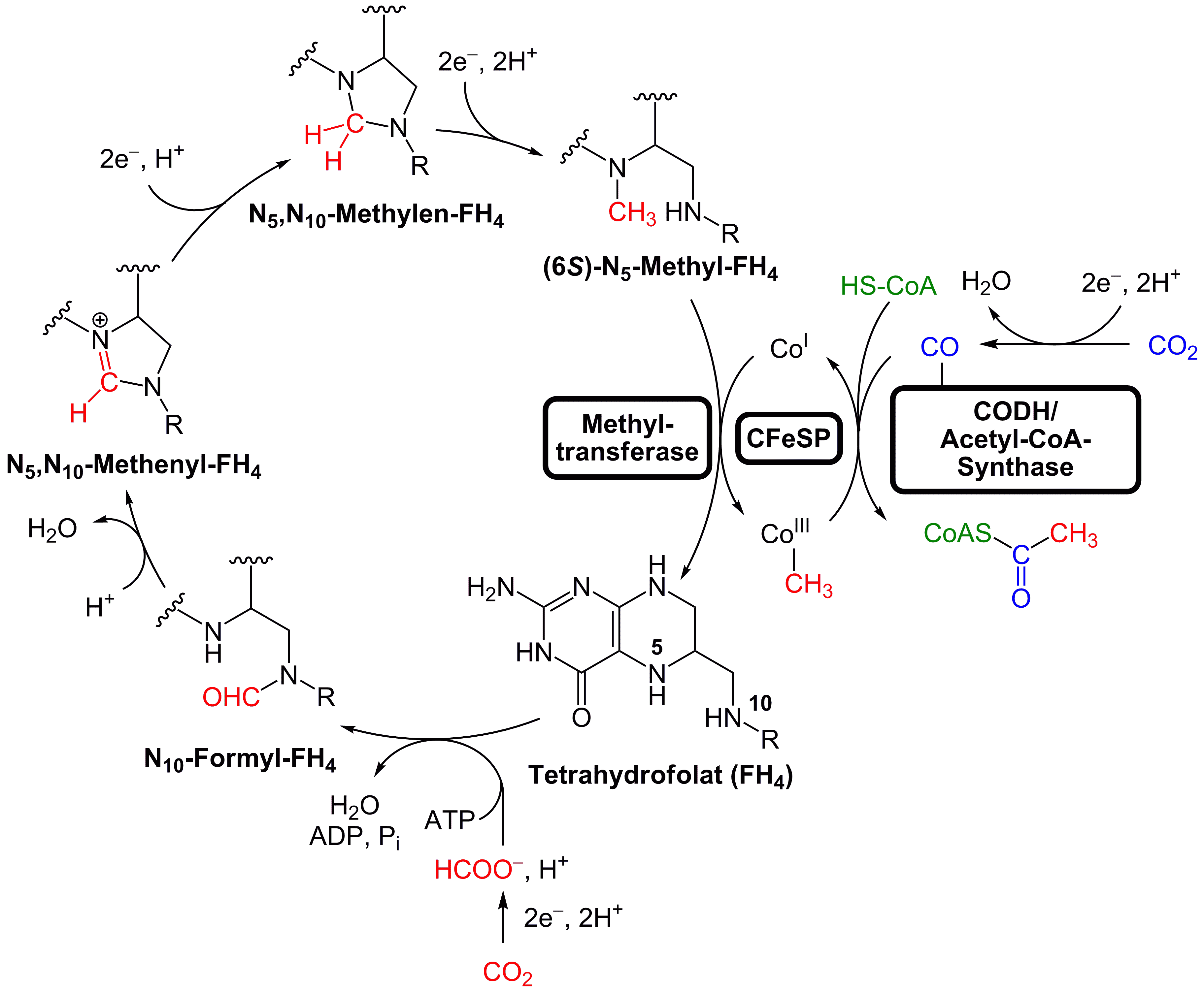In this way fats are converted to ATP the universal biochemical ener. During these periods of fasting gluconeogenesis is utilized via medium-chain acyl-CoA dehydrogenase to maintain blood glucose levels via the production of ketone bodies as acetyl-CoA accumulates.

Difference Between Acetyl Coa And Acyl Coa Compare The Difference Between Similar Terms
If you start with glucose glycolysis breaks down the glucose into two pyruvate molecules which are then transformed into acetyl-CoA.

Acyl coa et acétyl coa. Its main function is to deliver the acetyl group to the citric acid cycle Krebs cycle to be oxidized for energy production. LCFA-CoA esters promote their own oxidation by acting as allosteric inhibitors of acetyl-CoA carboxylase which reduces the production of malonyl-CoA and relieves inhibition of carnitine palmitoyl. Ini adalah molekul yang sangat penting dalam metabolisme berbagai senyawa biologis.
The acetyl-CoA enters the citric acid cycle eventually forming several equivalents of ATP. More specifically the FAS catalysis mechanism consumes an acetyl-coenzyme A acetyl-CoA and seven malonyl-CoA molecules to produce a Palmitoyl-CoA. Acyl-CoA is a group of coenzymes that metabolize fatty acids.
Acetyl-CoA carboxylase ACC is a biotin -dependent enzyme that catalyzes the irreversible carboxylation of acetyl-CoA to produce malonyl-CoA through its two catalytic activities biotin carboxylase BC and carboxyltransferase CT. These reactions are used in the metabolizing of proteins carbohydrates and lipids that will provide energy sources in the forms of adenosine triphosphate ATP lactic acid and ketone bodies. Acyl-CoA is a group of coenzymes that metabolize fatty acids.
Acetyl-CoA is the universal carbon currency at the intersection of energy derivation energy storage and energy utilization in all cells and is thought to have arisen very early in evolution Russell and Martin 2004. This decreased sensitivity to acyl-CoA competition may reflect evolutionary adaptation to subcellular metabolite concentrations as acetyl-CoA is found at millimolar concentrations in mitochondria Chen et al 2016. Fatty acids also can be used to create acetyl-CoA which begins the production of ATP in the Krebs cycle and then the electron energy transport chain.
ACAT serves as a regulator of intracellular cholesterol homoeostasis and supplies cholesteryl esters for lipoprotein assembly in the liver and small intestine. Acyl-CoAcholesterol acyltransferase ACAT catalyses the formation of cholesterol esters from cholesterol and long-chain fatty-acyl-coenzyme A. The acetyl-CoA enters the citric acid cycle eventually forming several equivalents of ATP.
Acyl-CoAs are susceptible beta oxidation forming ultimately acetyl-CoA. Acetyl-CoA acetyl coenzyme A is a molecule that participates in many biochemical reactions in protein carbohydrate and lipid metabolism. The 4 substrates of this enzyme are acetyl-CoA malonyl-CoA NADPH and H whereas its 4 products are Acyl-CoA CoA CO 2 and NADP.
Here we show that the. Short-Chain Acyl-CoA Dehydrogenase enzyme deficiency. Ringkasan - Acetyl CoA vs Acyl CoA.
La principale différence entre lacétyl-CoA et lacyl-CoA réside dans le fait que lacétyl-CoA aide au métabolisme des protéines des glucides et des lipides tandis que lacyl-CoA contribue au métabolisme des acides gras. Acetyl-CoA or acetyl coenzyme A is a component of cellular respiration energy conversion that adds acetyl groups to biochemical reactions. The key difference between acetyl CoA and acyl CoA is that acetyl CoA or acetyl Coenzyme A helps in protein carbohydrate and lipid metabolism whereas acyl CoA or acyl Coenzyme A helps in the metabolism of fatty acids.
Lacétyl-CoA et lacyl-CoA sont des formes de coenzymes. Metabolic production of acetyl coenzyme A acetyl-CoA is linked to histone acetylation and gene regulation but the precise mechanisms of this process are largely unknown. Acyl-CoAs are susceptible to beta oxidation forming ultimately acetyl-CoA.
The MCAD enzyme converts medium-chain fatty acyl-CoA into short-chain fatty acyl-CoA and acetyl CoA to provide the body with energy via ketones during times of fasting. Inhibition of this enzyme blocks absorption of intestinal cholesterol and may also inhibit the deposition of cholesteryl esters in the vascular wall associated with the formation of. ACC is a multi-subunit enzyme in most prokaryotes and in the chloroplasts of most plants.
Long-chain fatty acyl groups are transferred to CoA via acyltransferases whereas acetate is transferred to CoA by enzymes traditionally known as acetyl-CoA synthetases. Asetil KoA dan asil CoA adalah bentuk koenzim. Difference Between Acetyl CoA and Acyl CoA Definition Acetyl CoA refers to the acetylated form of coenzyme A formed as an intermediate in the oxidation of carbohydrates fats and proteins during metabolism while acyl CoA refers to a product of fatty acid activation subsequently carried by carnitine into the mitochondria for β-oxidation.
Ce sont des molécules très importantes dans le métabolisme de différents composés biologiques. Acetyl CoA is very useful in delivering the acetyl group to the Krebs cycle for energy production. Perbedaan utama antara asetil CoA dan asil CoA adalah bahwa asetil KoA membantu dalam protein karbohidrat dan metabolisme lipid sedangkan asil CoA membantu dalam metabolisme asam lemak.
Overall these studies validate the ability of CATNIP to detect bona fide acetyl-CoAprotein interaction signatures and establish key parameters for studying the pharmacology of CoA metabolites. Acetyl-CoA may for instance be re-generated from citrate or acetate upon the activity of ATP-citrate lyase ACLY 1819 and acyl-CoA synthetase short-chain family member ACSS 2021 respectively. In this way fats are converted to ATP the universal biochemical energy carrier.
-
Positionner le bouton en dessous du pied de façon à ce que laiguille arrive dans le trou gauche. Ils sont en vente libre en pharmacie et se ...
-
En réalité il nexiste absolument aucune différence entre la pieuvre et le poulpe ce sont tout simplement des synonymes qui permettent de dés...
-
Pose Placo faire un faux plafond avec Placo BATICOTRAVAUX. Couper la lame à laide dune scie circulaire. Comment Realiser L Isolation D Un ...
world's largest real diamond
The World’s Biggest Diamonds (and Who Owns Them) . NettetThe world’s biggest diamond is the Cullinan Diamond, discovered in the Premie...

ads
